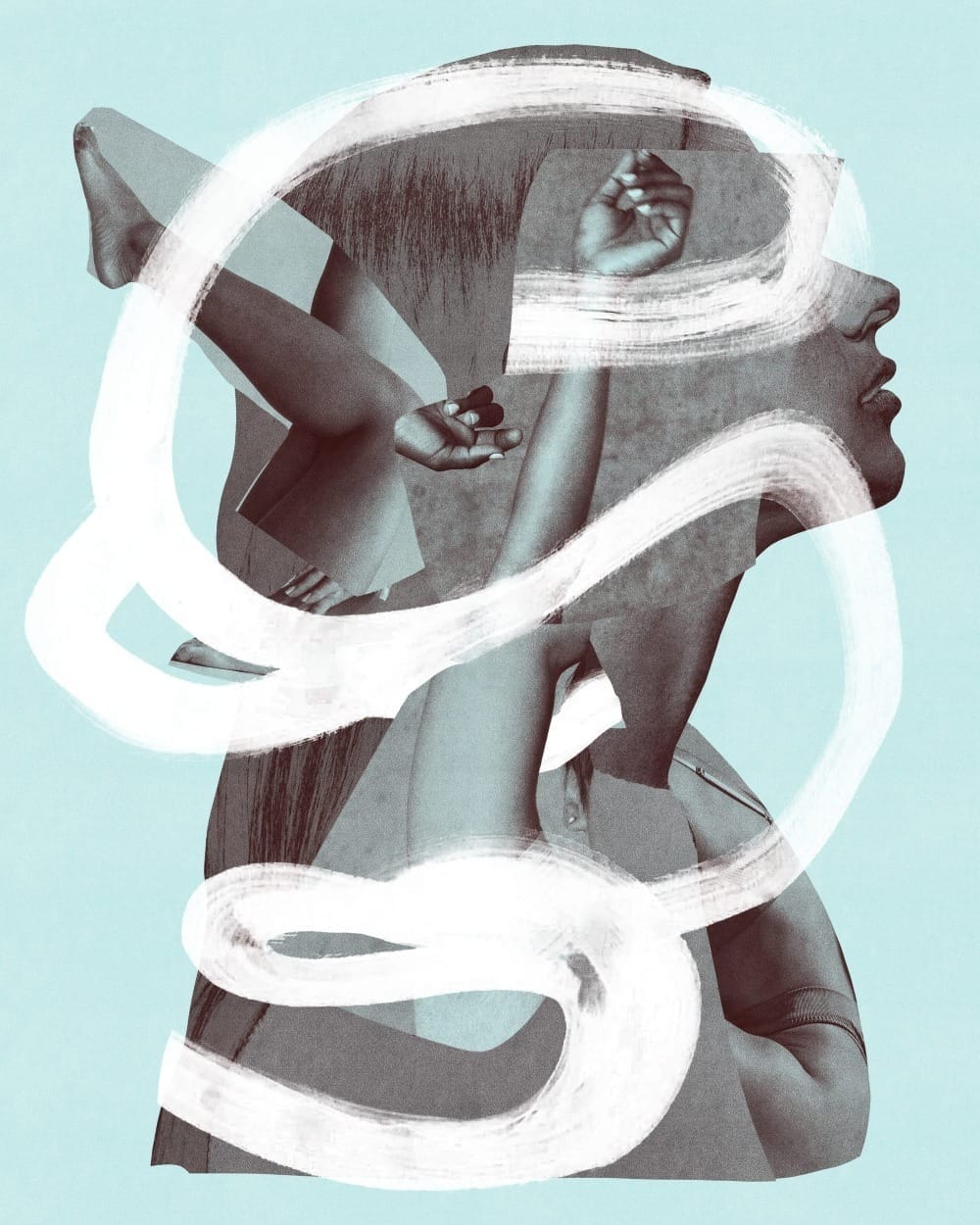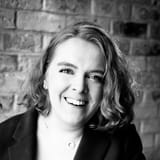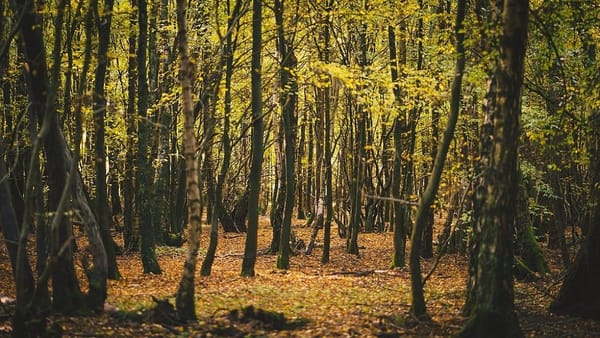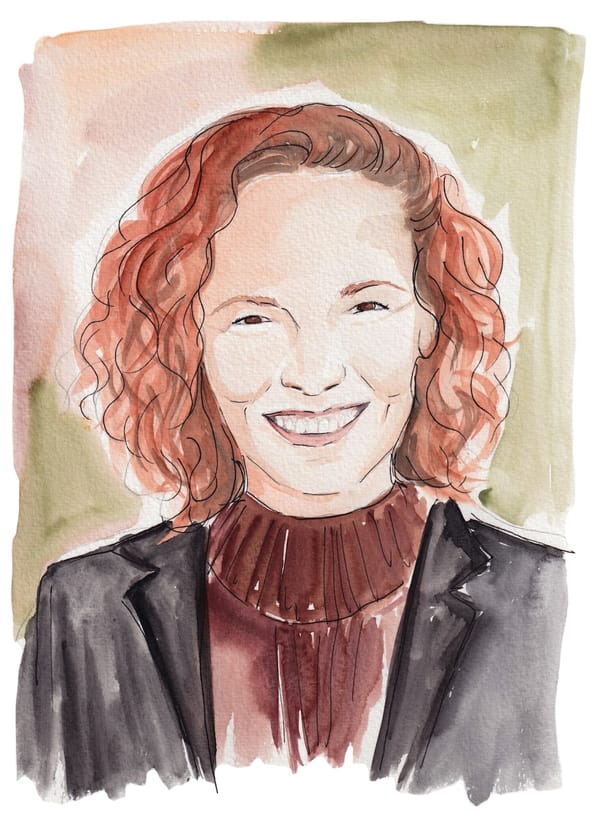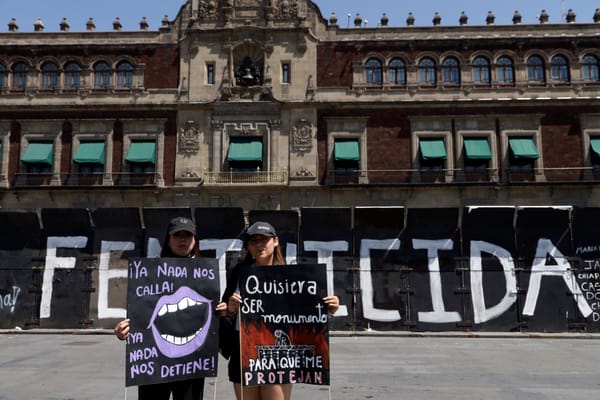June May Be Over, But It’s Still Pride For Me
Hosting a Pride prom served as a reminder that someone can be included, understood and loved for who they are without having to leave parts of their identities at the door.

It’s Saturday night, and I’m doing something which, a mere two years ago, I’d have described as so not me: I am on stage belting out karaoke with two besties. To my left is Kim. To my right is Celine. We are giving our all to Chappell Roan’s “Pink Pony Club,” a song about finding freedom in queer spaces. The audience is full of queer people, and for me that’s a wonder in itself, but all I can really do is look at the two people beside me and grin. Yes, I am having fun. Yes, I am beyond grateful for their friendship. But most of all, I cannot believe I am here.
By genuine coincidence, this moment happens to mark two years since I came out as gay, at the age of 28, in what can best be described as a surprise to no one except myself.
While I was not exactly a wallflower before I came out—I make a living from writing and talking about disability and ableism in very visible settings—I was also decidedly not the sort of person who did karaoke. Yet here I am…
I also wasn’t the type of person who made new friends easily—or so I told myself—but I was bringing down the house in a roomful of once-strangers I now called friends. And most of all, I was convinced I wasn’t anything but a writer, but somehow, along with Kim, I had become the host and organizer of a Pride prom for people who are both disabled and queer.
Since I came out, life has changed in a million small and big ways, and sometimes it takes a moment for me to catch up with myself. On stage, singing, looking out on the community I’d built, I tried to let it all sink in.
A Proper Party for Pride
For just over a year, Kim and I have run Every Body Queer, a community and events initiative for disabled LGBTQ people. One of our core aims is to bring people some fun—places to relax where attendees can both be themselves and trust that access—not just ramps and loos but sensory access too—is taken care of. We had hosted panels and meet-ups, but we wanted to throw a proper party for Pride. We wanted people to be able to dress up, dance, make new friends, maybe even flirt a little (or a lot). We wanted it to be cute and camp—and also meaningful. After much discussion, the idea for prom was born. We promptly arranged a karaoke session, a brilliant drag act, and asked Rosie Jones, an award-winning comedian I’m lucky to call a friend, to be our compere for the night.
Hosting this particular event was important to us for so many reasons. For starters, most LGBTQ Pride events aren’t accessible to disabled members of the community. And, because of homophobia, ableism or inaccessibility, lots of disabled LGBTQ people miss out on these kinds of classic growing up experiences, like school proms. This was an opportunity to, as I like to say, right some historic wrongs. We held the event on the last weekend of June to mark the transition from LGBTQ Pride month which runs in June, to Disability Pride Month (DPM), which runs throughout July.
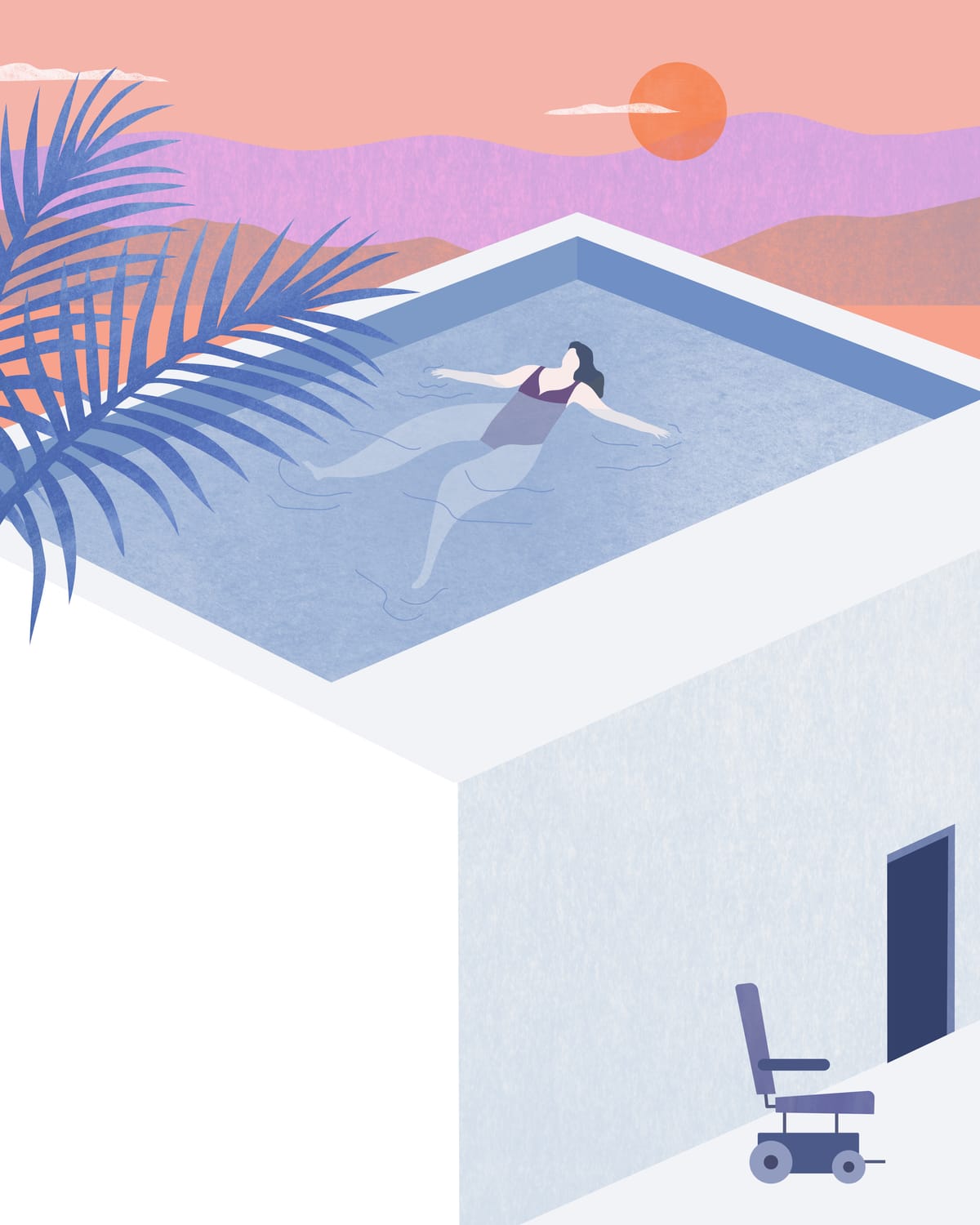
Disability Pride Versus Queer Pride
For me, disability Pride and queer Pride came in that order—the inverse of how they fall on the calendar.
Despite having been very visibly disabled my whole life, disability Pride came slowly. I clawed it out of life, having experienced, for as long as I can remember, a not insignificant amount of painful discrimination and exclusion. I used the joy of community and the inspiration of disability rights history to banish the shame I had been made to feel. It was hard-won, a rejection of society’s narrative, a source of energy I had long been denied. In my imagination, it sits in my bones, lovingly but insistently poking me until I hold my head up, look an ableist in the eye, and speak my mind. It’s coarse, spiky, motivating and powerful. It’s the most important force in my life—and undoubtedly my favorite.
Queer Pride, for me, came all at once. Perhaps because I hadn’t faced years of ostracism about my queerness, perhaps because coming out was met with such positivity, and perhaps because I had already done the work of acceptance on disability, once I realized I liked women, gay Pride felt easy. (I know how lucky this makes me.) Whereas disability Pride resides in the core of my chest, deep and heavy in the space between my lungs, I wear queer Pride like a rainbow T-shirt, soft, light and airy against my skin. If disability Pride is motivating, LGBTQ Pride is liberating (hence the karaoke).
It’s not that one form of Pride matters more to me than the other; it’s just the different ways I arrived at them means they feel different. So do the different ways people react to disability Pride vs. queer Pride. Living in a very accepting place (there’s that luck again) straight people have often wished me a ‘Happy Pride’ in June, non-disabled people have never done the same in July. No one has ever asked me to explain what queer Pride is, but every year I am forced to argue with someone who thinks the notion of being proud to be disabled is simply absurd (it is not). There’s a million-and-one LGBTQ Pride events to go to in London where I live; there are barely any events marking Disability Pride, anywhere in the world.
Still, for all their differences, these two Prides are fundamentally the same. They are both about celebration amid protest, about loving our differences in a world that wants to erase them, and about finding the community, acceptance and belonging we all (gay, disabled or not) are desperately seeking. For me, they are, at heart, about joy.
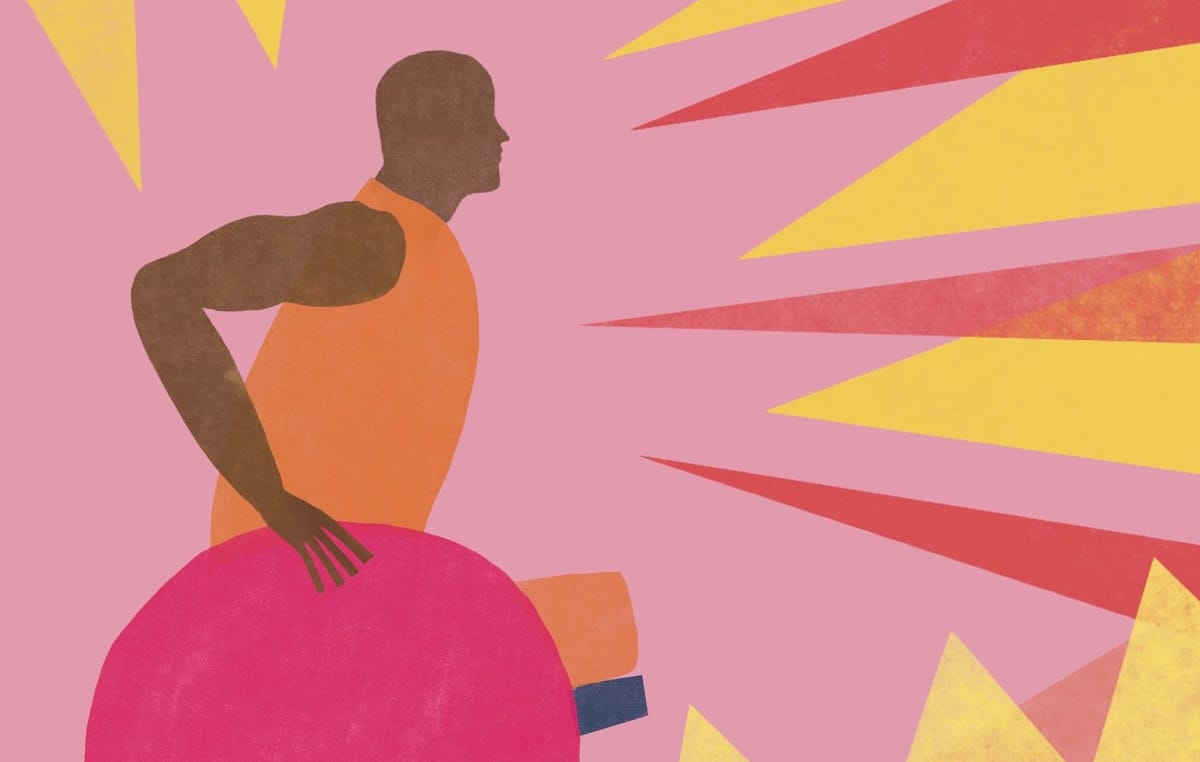
Finding Joy
It was that joy that propelled me to host prom. And my goodness, the joy we found was overflowing. We sang and danced and made friends and basked in a space where everyone felt welcome. Our performers, both disabled and queer themselves, absolutely smashed it. People traveled to London from Sheffield, Manchester and Brighton because they’d never been able to go to a Pride event that was about, and for, them. The atmosphere was electric, and a testament to what happens when community building and community care are not just ideas but real, concrete principles by which we live.
I write and think a lot about community—what it means, how we create it, and what role it plays in the lives of marginalized people. For me, the idea of community is intimately connected to Pride: At a time when queer and disabled people’s rights are under attack around the world, I think we find pride when we stand together, defiant and enjoying ourselves regardless of what other people think about us. Whether that is related to queerness or disability, it doesn’t really matter; either way, it’s incredibly powerful.
At prom, I was deeply touched by the many people who came over to thank me, but really, I’m the one who’s grateful. I’m grateful they turned up and grateful for what they taught me: that someone can be included, understood and loved for who they are—as they are—no ifs, ands, or buts, and without having to leave parts of their identities at the door. But most of all, I am grateful for the greatest gift of all: pride in myself, and in all of us.
